There are a number of reasons for us to invest in R&D in your business, At times we have invested heavily in developing products. And at other times, we have done virtually none. This conversation has come up a number of times in many an article. So let’s talk about it!
Different people come at this from different perspectives and have different reasons for advocating a product development strategy. we’re to start by listing some of the good reasons for continued investment in R&D within our business:
1. Generate Revenue
It takes a very long time to get there and is rarely guaranteed. However, generating revenue for your business is a great reason for us to explore new product development and take things to market.
2. Freedom, Autonomy
When we build our own products, we get to choose our stack, drive the roadmap and own the whole process of defining and delivering the vision of that product. We also have autonomy – headspace, freedom to explore, take risks and be daring perhaps more than we would.
3. Tax Benefits
The government offers allowances for capital investments of different sorts. One of these comes in the form of R&D tax credits, which can be used to off-set qualifying R&D costs against corporation tax. If a system or product is deemed patentable, Patent Box tax benefits can also be applied.
4. Develop People
It’s impossible to claim expertise in some area of technology where you have no experience. Generally, your clients expect you to be well versed in the languages, tools, frameworks which you use. For a team member who wants to pick up new skills and broaden their opportunities to work on different projects, your internal R&D area is the perfect place to try things out in a safe environment.
5. Learn and grow
As a business, we have learned a lot from our own internal R&D efforts. Examples include our first-ever foray into serverless (Game-Up) and our first working neural network (Autocompare).
In the coming months, there will be more new fronts opened up in our bid to discover and harness new tech.
6. Open Source Contributions
As a company that relies heavily on open source technology, you should also be willing to contribute back. Either to projects which we use on a regular basis, or potentially with new projects which we think enhances our position as a business and complement our other activities.
7. Company profile
It’s useful if the R&D which we perform bears some relevance to a business/sector which we are involved in. This allows us to develop a stronger foothold in certain industries. With a Brand and Community team, you can go and tell that story externally. Showing thought leadership, brilliance and creativity, you can demonstrate to the world that we are the high calibre organisation that you claim to be!
Conclusion
In order to open up these ventures, you must be direct and concise in the scope of each challenge. Do not embark on overly complex product ideas, grinding out 1-2 years of gruelling development with no idea if there is a customer at the end of it. Even believing that the customer is there won’t be enough. This will only happen if you have proven product-market fit, with a linear route to market.
Many startups pivot their product offering multiple times before achieving that ‘fit’, then end up supporting customers quite differently to how they originally intended. To avoid that constant pivoting, and the constant need for new finance whilst trying to identify the customer, the most likely route to achieving this sort of outcome will be through partnership. The Covvered software which Zenitech developed is a good example of that because the commercial plan is well defined and the partnerships are already lined up across housing, insurance and consumer audiences.





